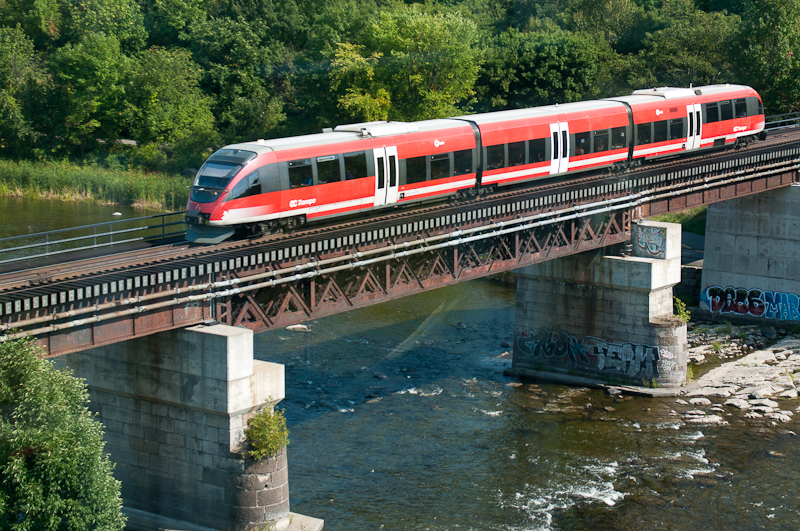OC Transpo suffered another bad break after a Confederation Line train derailed Sept. 22 near Tremblay station. While the O-Train may not be perfect today, it is undoubtedly an important part of the city’s future—a future that is not far away.
This was the second O-Train derailment since August. The media reaction was swift and unrelenting. The derailments have caused much concern, prompting an investigation into their cause and the line’s indefinite closure.
Ottawa Mayor Jim Watson acknowledged frustrations with the line, admitting that the city cannot afford to stop and start LRT service every few months.
Watson has assured the public that the system is and will be fine, citing the year and a half of reliable train service prior to the derailments. While public opinion of the LRT may be at an all-time low, it is still salvageable.
The City of Ottawa is keeping the company responsible for maintaining the system, Rideau Transit Maintenance (RTM), accountable, with penalties starting to materialize in the form of significant pay reductions. The infrastructure is in place, all that is needed is good quality control to prevent these relatively simple problems from occurring.
The city would be well-advised to cooperate with an impartial review of the system so it can finally put these rather embarrassing problems behind it and attempt to restore some semblance of faith in the LRT.
It should also not go unnoticed that the problems that Ottawa has had with its LRT are by no means unique to Ottawa—a new LRT line in Kitchener-Waterloo has faced even greater struggles.
While news media has keyed in on these recent derailments, they account for a negligible share of Ottawa’s O-Train trips, as the Confederation Line operated along the 12.5-kilometer route problem-free for more than a year prior to the issues.
Phase 2 of the LRT expansion includes the extension of the existing Trillium Line, which originally opened in 2001. The line, which connects Carleton to the rest of the city’s LRT, has been closed since 2020.
As a first-year student at Carleton University, I have certainly missed the ability to use the Trillium Line. The bus is more cumbersome, not to mention less sustainable than its fully electric counterpart.
But when the LRT works, it is a revolutionary experience. A trip from Tunney’s Pasture in West Ottawa to Blair in the east can be completed in about 25 minutes. The same trip on the bus? Just over an hour, which includes catching three separate busses on the route.
It cannot be overstated how critical it was for Ottawa to develop LRT infrastructure now rather than further down the road. The implementation of mass transportation megaprojects like these always become more complicated and costly the later cities wait. One look at Hamilton and its initial estimated LRT construction cost of $3.4 billion should be enough to make Ottawans happy that the O-Train is already built.
Ottawa has its LRT, it just needs some leadership and action from the city to get its legs underneath it. It’s about time Ottawans get to reap the benefits of public transit.
Featured image by Pedro Vasconcellos.






